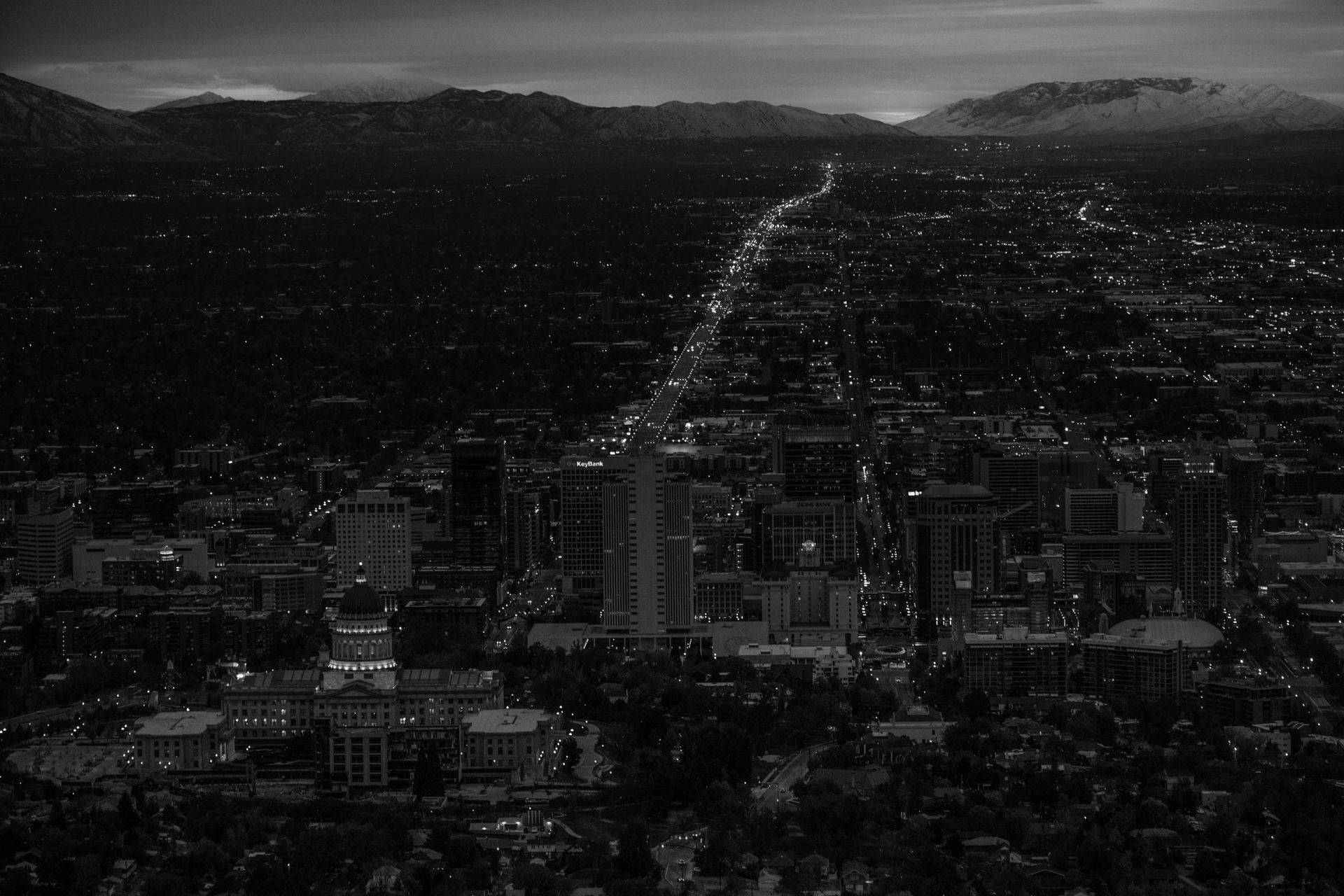DD Web • March 23, 2019
Utah Ranks #1 for Home Growth in the Nation: What’s Next?
By now, it’s no surprise: Utah’s housing market has been among the hottest in the nation for the past several years, driving up prices for both home buyers and renters. 2018, however, was unexpected. Home sales skyrocketed, and multi-family residences were being built at an all-time high — in large part due to steady job growth in Utah (currently ranking second in the nation and the highest contributor to our state’s economic growth).
According to James Wood, a senior fellow at the University of Utah’s Kem C. Gardner Policy Institute who studies real estate trends, “The employment growth brings people in and those people need housing units,” he said. “Consequently, we get demand for housing.”
While Utah’s housing boom is adding homes and apartments at a rate nearly three times the national average, economists say more is needed to reduce shortages and help offset high real estate prices that drive out many people from buying — or even renting.
While new Utah homes have cropped up in clusters mostly in Salt Lake and Utah counties, southern Utah’s Washington County is also experiencing a boom, as a growing number of outdoor enthusiasts, retirees and service workers flock to its red rock landscape and warmer climate.
In figures released Wednesday from the U.S. Census Bureau, data shows the Beehive State continues to build homes faster than any other state, at a rate of about 2.2% for 2017-2018. In comparison, the national rate was 0.8%
According to the data, the Beehive State added about 24,000 new apartments, houses and other dwellings from 2017-2018, bringing the total number of homes to about 1.08 million. Not surprisingly, the Census Bureau also reported that Utah is #1 in the nation for population growth this decade.
So what’s in store for 2019 and beyond? What can both current and future Utah residents expect?
“We need more units. That’s the bottom line,” says James Wood.
While affordability remains a pressing issue, it appears that housing prices may be moderating. 2018 was the first time in years that the state built a more housing units than it added new households (although by just a few hundred). Additionally, a dip in home prices during the 1st quarter of 2019 is an indication that buyers are pushing back on home prices.
So, good news for future Utah home buyers (and sellers): this may be a turning point at which prices will continue to go up, but just not as fast. There’s one thing we can be sure of: Utah’s population growth will, without a doubt, continue to reshape Utah’s landscape and future housing market. Utah is projected to double its population by 2065!

At Novation Title, we take immense pride in being recognized on the 2024 Top Latino-Owned Business List ! As a Latino-owned company, we are passionate about empowering our community through homeownership—one of the fastest ways for Latinos to build generational wealth in America. Why Hispanic Homeownership Matters Homeownership is more than just buying property; it's about creating stability, financial security, and opportunities for future generations. We believe in providing the resources and education needed to help our Latino community navigate the path to homeownership with confidence. Educating & Supporting Latino Homebuyers Our team uses key insights from the NAHREP (National Association of Hispanic Real Estate Professionals) reports to share real data on Latino homeownership growth and opportunities. We know that numbers don’t lie , and we want to ensure that every aspiring homeowner and entrepreneur has access to the right information. Advice for Latino Entrepreneurs For those looking to start a business in the title and real estate industry, our advice is simple: educate yourself and lean on data. By understanding the numbers and trends, you can position yourself for long-term success. Thank you to our community and partners for trusting Novation Title. Together, we continue to break barriers and build wealth through homeownership!

At Novation Title, we take immense pride in being recognized on the 2024 Top Latino-Owned Business List ! As a Latino-owned company, we are passionate about empowering our community through homeownership—one of the fastest ways for Latinos to build generational wealth in America. Why Hispanic Homeownership Matters Homeownership is more than just buying property; it's about creating stability, financial security, and opportunities for future generations. We believe in providing the resources and education needed to help our Latino community navigate the path to homeownership with confidence. Educating & Supporting Latino Homebuyers Our team uses key insights from the NAHREP (National Association of Hispanic Real Estate Professionals) reports to share real data on Latino homeownership growth and opportunities. We know that numbers don’t lie , and we want to ensure that every aspiring homeowner and entrepreneur has access to the right information. Advice for Latino Entrepreneurs For those looking to start a business in the title and real estate industry, our advice is simple: educate yourself and lean on data. By understanding the numbers and trends, you can position yourself for long-term success. Thank you to our community and partners for trusting Novation Title. Together, we continue to break barriers and build wealth through homeownership!

Welcome, 2020! We made it through the first week of the New Year and are already excited for what’s to come in this brand new decade. Anything can happen, and we have so much to create! Whether you’re a fan of long-term resolutions or prefer setting smaller, short-term goals, it feels good to start the year off with a desire to change for the better. If you know us, you know our approach at Novation Title has always been goal-centric, not only within our business but in our personal lives and out in the community. In today’s world where we are constantly connected (and distracted), it’s no wonder that we increasingly find ourselves overwhelmed mentally and physically drained. Often, the issues in everyday life are the ones that prevent us from enjoying the very same everyday life! How can we balance this out? We believe we can do better. That is why we are introducing meditation into our workspace. While meditation has been practiced for over 5,000 years, it is increasingly becoming a necessary way for us to unplug from the modern world. But what, exactly, is it? Meditation is a practice where an individual uses a technique — such as mindfulness — to train attention and thoughts. Mindfulness is awareness, it is a state of peace. It is being in the present moment, intentional and serene. It is the process of being aware of your thoughts while also disconnecting from them so you can connect within. Connecting within is the highest form of intelligence and results in proven mental, emotional and spiritual health benefits. Here are just a few science-based benefits of meditation: Reduces blood pressure Increases serotonin production that improves mood and behavior Improves immune system Increase in energy levels Lessens stress and anxiety Increases happiness and creativity Clarity and peace of mind Increased memory retention and recall Enhances self-awareness and self-acceptance Each one of us, regardless of gender, age or other factors, undergo daily stress and tension at some level or the other. That’s why we’re so excited to introduce #NovationMeditation into our business and we encourage others to join us this year. We can ALL benefit from improved mental and physical health in 2020. Who’s with us?!